has robots per 10,000 industrial workers
and ranks as the in the index of robots in relation to human workers.
Explore the robot density in other markets:
September 17, 2018

Marco
Hernandez
Robotics and automation are designed to make work easier and more efficient, especially useful when productivity needs a boost or the work is dull, repetitive, or dangerous
While the development of talking humanoids may be years away, industrial robots are already helping to increase efficiency and productivity in many industries
Today, many tasks in manufacturing, testing or development are conducted by robots. The automotive and electronics industries have embraced robots as essential components for gaining a competitive edge
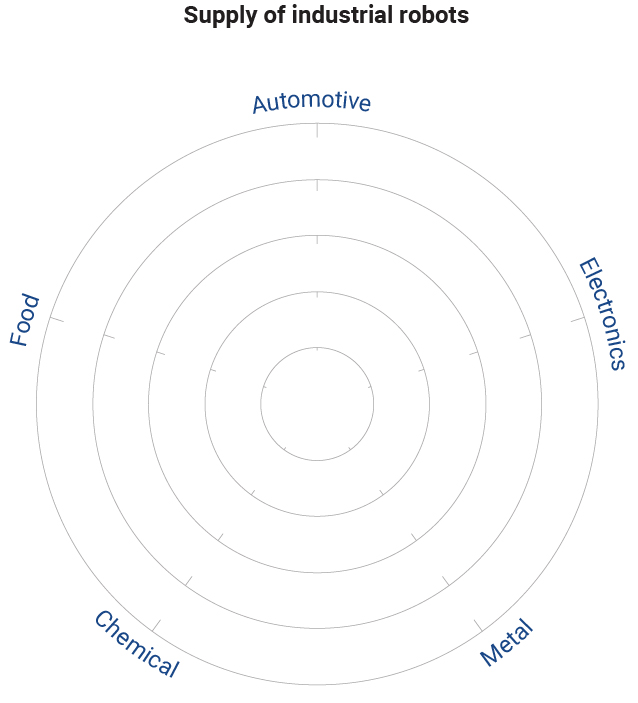
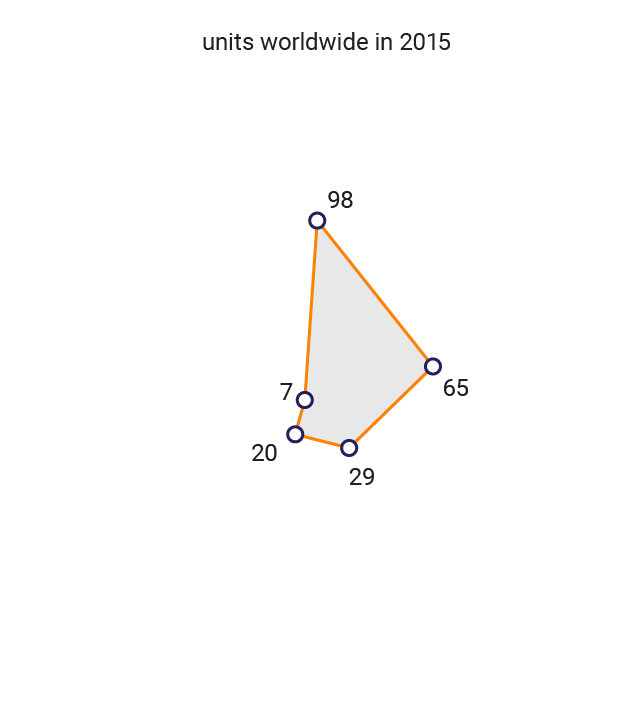
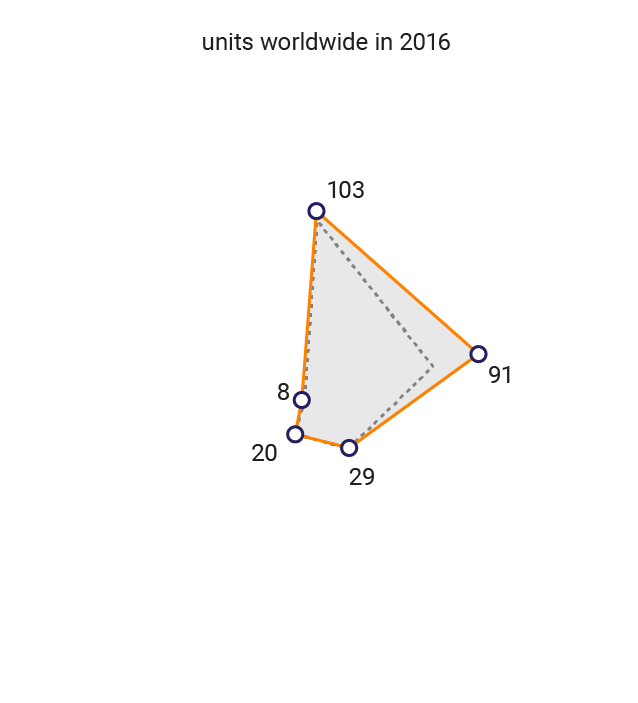
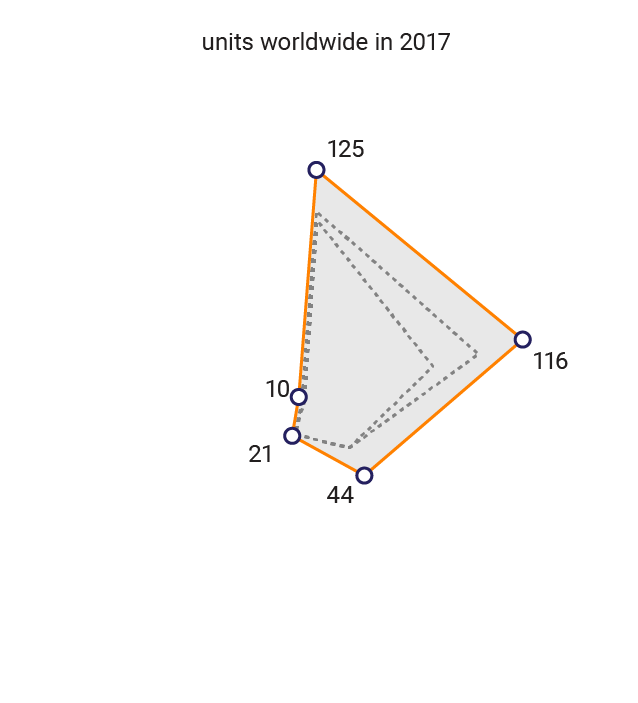
According to the International Federation of Robotics (IFR), the following are the most common robots today iin automation
SCARA ROBOT
This robot has two parallel rotary joints that allow it to move in a single plane
CARTESIAN ROBOT
A cartesian robot has three joints, with their range of motion defined by the cartesian coordinate system
ARTICULATED ROBOT
This robot’s arm has at least three rotary joints
PARALLEL ROBOT
The arm of this robot has both a prismatic, or sliding, joint and a rotary joint
CYLINDRICAL ROBOT
The allowable range of motion on this robot is based on a cylindrical coordinate system
AUTONOMUS LOADERS
Excluded from the IFR classifications, this remote-controlled robot is becoming popular in the warehousing industry as it replaces the lift trucks operated by humans
China’s robot-makers want to dominate their domestic market, aiming to supply 50 per cent of local demand by 2020, rising to 70 per cent by 2025
IFR defines robot density as the number of industrial robots per 10,000 industrial workers. South Korea operated eight times more robots than China in 2017, but the IFR forecasts a rapid escalation in the number of robots deployed in China
has robots per 10,000 industrial workers
and ranks as the in the index of robots in relation to human workers.
Explore the robot density in other markets:
Various branches of engineering are dedicated to designing, programming and developing “custom” robots for specific tasks and disciplines
Robots need custom software to operate; the more complex the robot’s task, or tasks, the more intricate the software. The software can link them to an external computer, other robots, or if stored in an internal processor, even make them autonomous
To save design time and increase workplace safety, robots first must be tested and configured in a simulated environment before becoming fully operational
Testing robots in simulated spaces
Drop the instructions in the queue, then test your robot

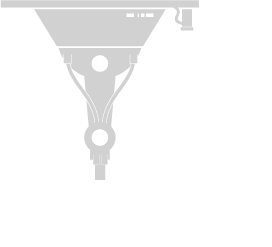

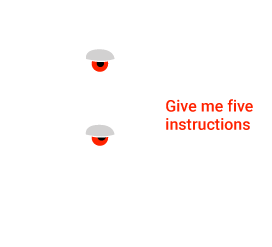
#1
Set all the instructions
The interactive graphic simulates how robots are coded, reflecting how five simple instructions can be arranged in different combinations, only one of which produces the correct production procedure
That’s the point of virtual testing and adjustment in robots before they start real-world operations.The correct sequence of commands is as follows:
In plain English, the commands in the correct sequence instruct the robot to do the following:

A visual representation of the correct code sequence
An articulated arm performs a series of instructions stored in its memory. These actions can be as simple as welding parts on an assembly line. They can also involve complex processes such as the chemical experiments conducted by the Curiosity Rover on the surface of Mars, which received instructions from Earth
ABOUT THIS GRAPHIC
Here are some of the awards that this graphic has obtained
Society For News Design
Edition 40
Here are some other digital native projects you might want to visit
Or just visit our graphics home page
This site has some features that may not be compatlibe with your browser. Should you wish to view content, switch browsers to either Google Chrome or Mozilla Firefox to get an awesome experience